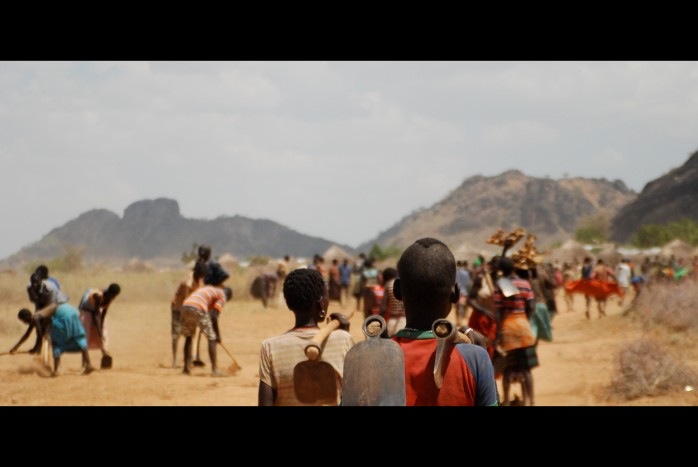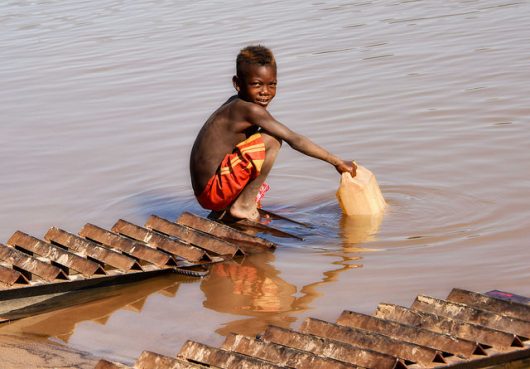
Today, people are starting to become active participants in the fight against global issues and as a result, progress is being made. However, there are still individuals unaware of pressing issues around them. One way of bringing these people up-to-date would be through the use of essays or research. Here are 10 global issue topics for essays and research papers.
10 Global Issue Topics for Essays and Research
- Water Contamination and Shortage: 2.1 billion people in countries undergoing urbanization have inaccessibility to clean drinking water as a result of pollution, poverty and poor management of resources. Water resources are depleted by agriculture and industry energy production. To put into perspective, agriculture accounts for 70 percent of the reduction of water around the world, with 75 percent of a given countries’ water used for this purpose and depleted by contamination. Fortunately, there has been a recent increase in efforts to develop technology to combat contamination and reduce the rate of water depletion.
- The Relationship between Education and Child Labor: Despite a surge in funding for some countries and increasing attention through social media, education continues to be a luxury around the globe. Reasons include gender preferences and poverty, and child labor — the use of children in industry. According to UNICEF, 150 million children participate in laborious activities dangerous to their health. As one can imagine, this work hinders a child’s ability to fully invest in education. Therefore it’s most challenging to bring education to sub-Saharan Africa, where the rates of children enrolled in primary education continue to stagger. In addition, fewer students successfully complete secondary education here.
- Violence: Violence is a global issue that exists in all shapes and sizes. Violence can be done towards a particular group like women or LGBTQ+ members, or it is an act that can be a result of a mentally disturbed mind. There is also violence in response to economic stress. All these varying forms of violence lead to attention on the safety and prevention of such acts. However, there isn’t much consideration on how an everyday person can help. In discussions about violence, the biggest questions to answer are: How is this violence used? How is it achieved/accessed? Does the media have a role? How much is the foundation for a particular act of violence is personal? What is the overall goal?
- Poverty: In 2015, the International Poverty Line was set to $1.90. This number means that a person is living in extreme poverty if they live below this line. According to this set line, more than 1.3 billion people are living in this extreme worldwide. This fact suggests that 1.3 billion people have difficulty obtaining food and shelter, regardless of the availability of homeless shelters and organizations. Current questions or topics to explore in an essay or research would be the cause of variation in wages on the international level, and the nature and initiatives that can be taken to solve this global issue at large.
- Inequality: On a global scale, the focus on inequality tends to be in terms of the distribution of wealth. According to a Global Wealth Report, 44 percent of global net worth is held by only 0.7 percent of adults. This suggests that there is a significant division between economic classes around the world. Recently, research has shown the effects that this economic divide has on communities particularly in health, social relationships, development and stability. For example, in a society where there’s a large gap between the rich and the poor, life expectancy tends to be shorter and mental illness and obesity rates are 2 to 4 times higher. In terms of social relationships, inequality on a larger level introduces more violence and crime.
- Terrorism: Terrorism like the bombing incidents of the last few years continue to claim the lives of innocents. It is a threat to the peace, security and stability of the world, so terrorism prevention methods have been implemented to illustrate what is wrong and should be/could be done to uphold justice. However, the basis of the threats, mindsets and the successes/failures of response efforts still need to be evaluated.
- Child Marriages: Child marriages are defined as the union between one or two individuals under the age of 18. One in five girls are married before the age of 18, and child marriages prevent children from becoming educated, can lead to severe health consequences and increased risk of violence. Legislation and programs were established in order to educate and employ children in these situations as child marriages do not have enough awareness on individual involvement or emphasis on the common causes for these marriages.
- Food: Poverty, economic inequality and water contamination mean inability to produce sufficient amounts of food to sustain a population. This can, in turn, lead to poorer health and decreased energy to carry out physical and mental functions, leading to more poverty. By 2050, the world would need to find food for approximately nine billion people as cost of production for food will rise in response to the increased amount of individuals. Thus, the United Nations established programs to ensure food security and technology companies make efforts to reduce food production costs.
The Role of Essays and Research
There has been increasing progress towards solving the global issues; however, for some, this progress is too slow due to lack of understanding of preventative methods, diffusion of responsibility and unanswered questions. These global issue topics for essays and research papers can be used as a starting point to give more insight to others into the issues and how to get involved.
– Stephanie Singh
Photo: Flickr
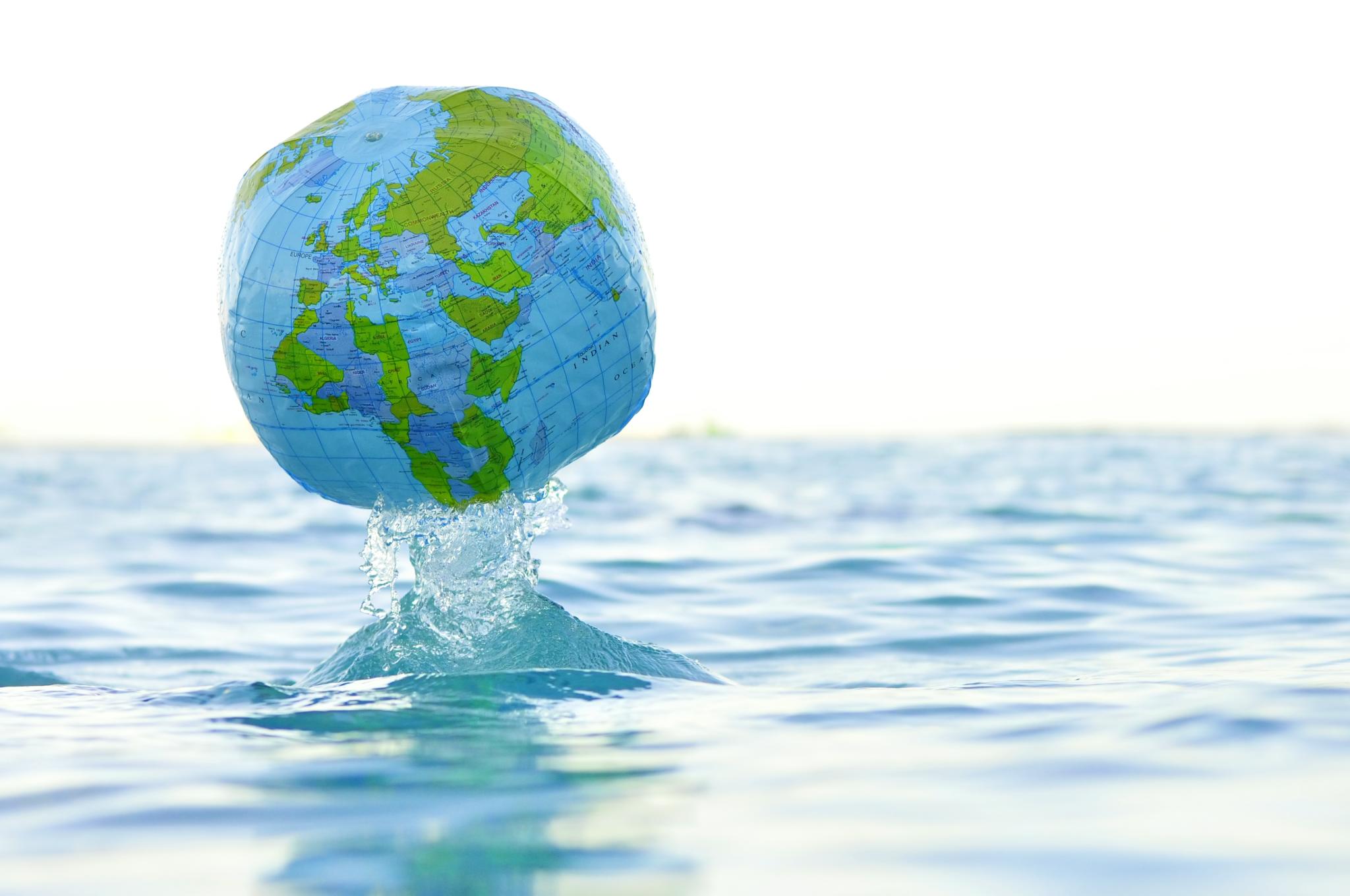
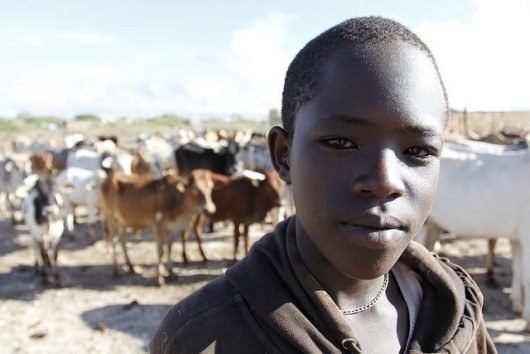

 The World Food Program has teamed up with comic writer Joshua Dysert, artist Alberto Ponticelli, colorist Pat Masioni and letterist Thomas Mauer to illustrate global need through graphic novels.
The World Food Program has teamed up with comic writer Joshua Dysert, artist Alberto Ponticelli, colorist Pat Masioni and letterist Thomas Mauer to illustrate global need through graphic novels.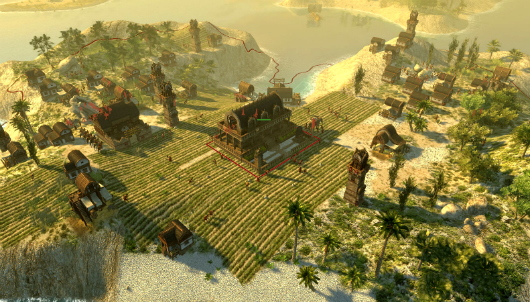
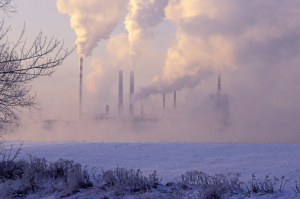
 Ten years in the future, America has undergone a fundamental change in both government and society. After teetering on the brink of failure in the mid-2010s, the United States elects a new regime to power: the so-called “New Founding Fathers,” who have managed to restore our nation. Unemployment has been nearly eradicated and crime rates have dropped to 1%. America enjoys prosperity — all thanks to one night of the year known as “The Purge.”
Ten years in the future, America has undergone a fundamental change in both government and society. After teetering on the brink of failure in the mid-2010s, the United States elects a new regime to power: the so-called “New Founding Fathers,” who have managed to restore our nation. Unemployment has been nearly eradicated and crime rates have dropped to 1%. America enjoys prosperity — all thanks to one night of the year known as “The Purge.”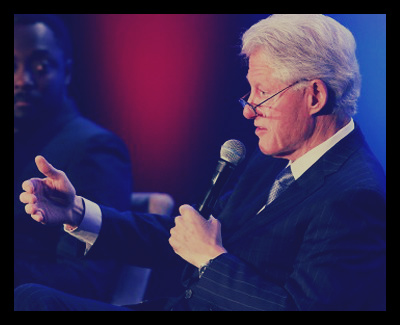 The Clinton Global Initiative University, now in its sixth year, is being hosted this week in St. Louis at Washington University. Along with former President Bill Clinton, TV host Steven Colbert and Twitter founder Jack Dorsey will attend the event that aims to include today’s youth in the world’s most pressing global challenges through college campuses. Various other celebrities, including Jada Pinkett-Smith and Chelsea Clinton are also attending the event.
The Clinton Global Initiative University, now in its sixth year, is being hosted this week in St. Louis at Washington University. Along with former President Bill Clinton, TV host Steven Colbert and Twitter founder Jack Dorsey will attend the event that aims to include today’s youth in the world’s most pressing global challenges through college campuses. Various other celebrities, including Jada Pinkett-Smith and Chelsea Clinton are also attending the event.